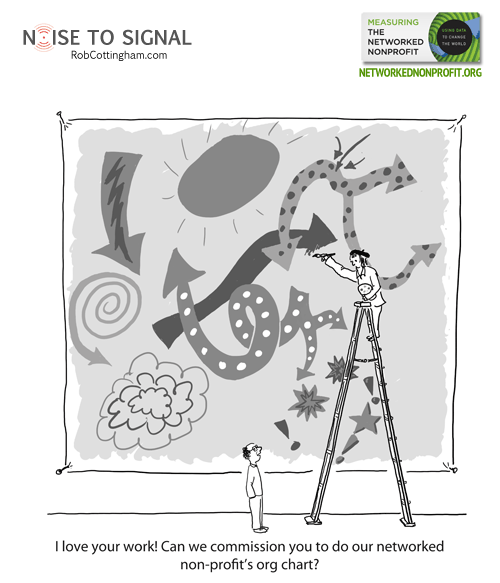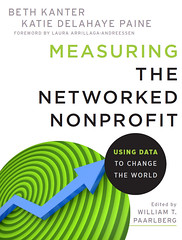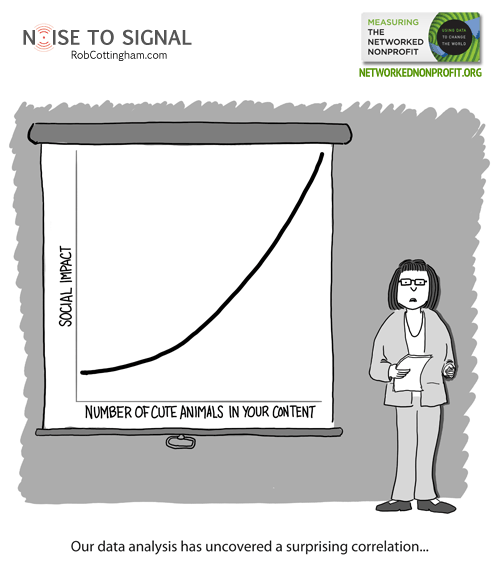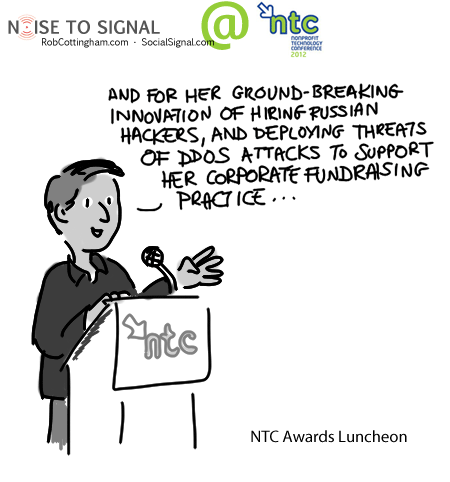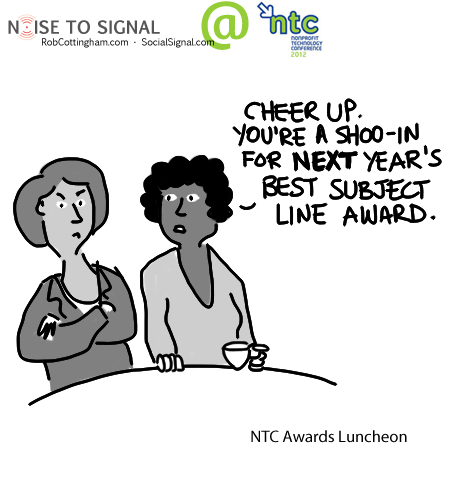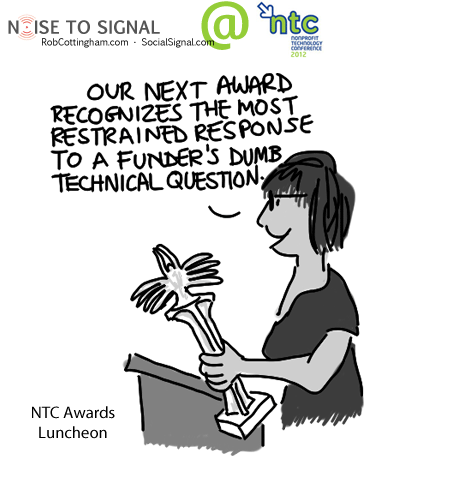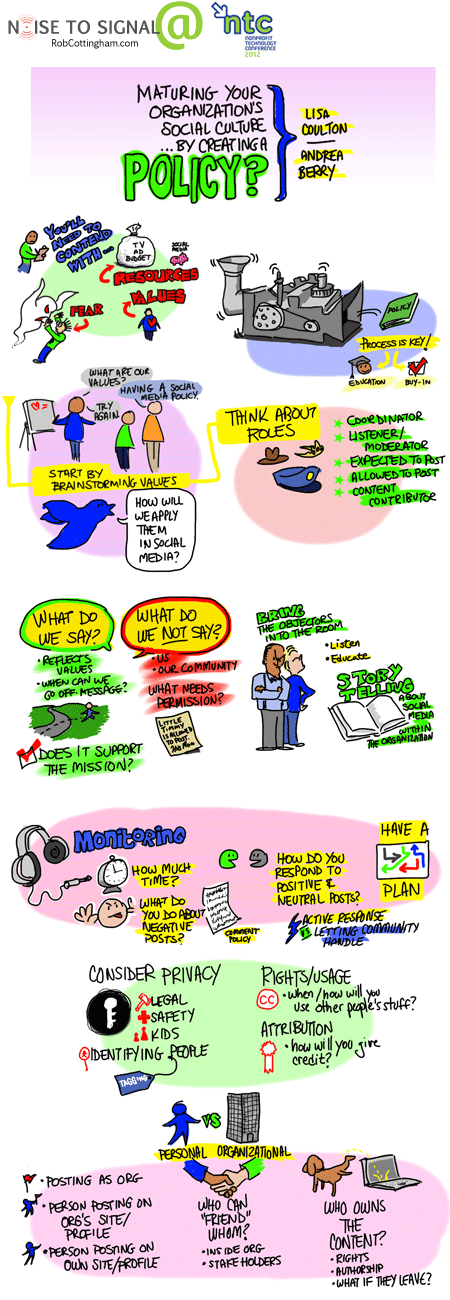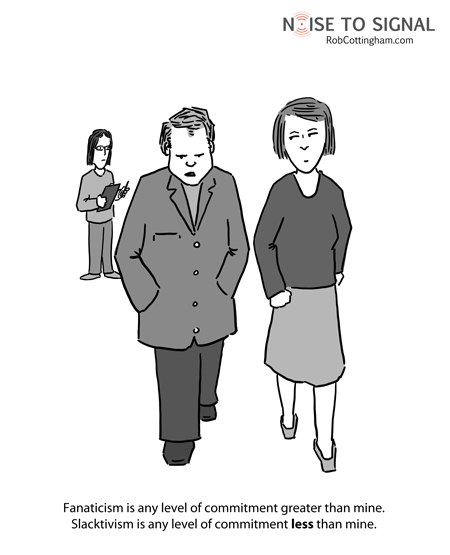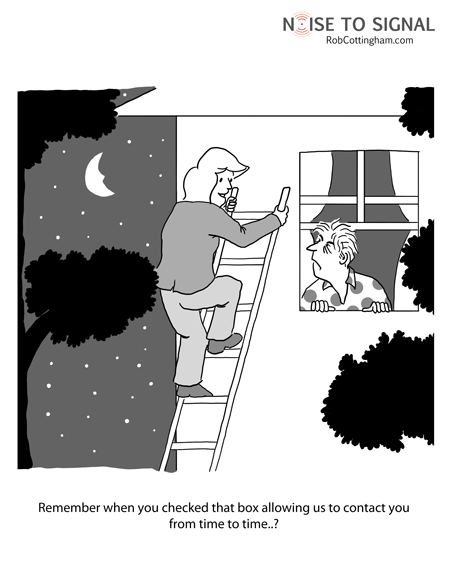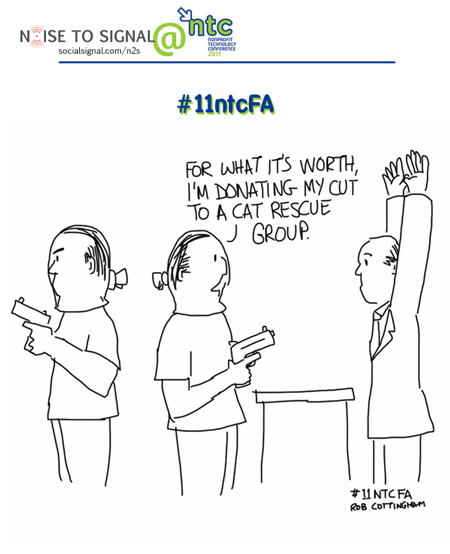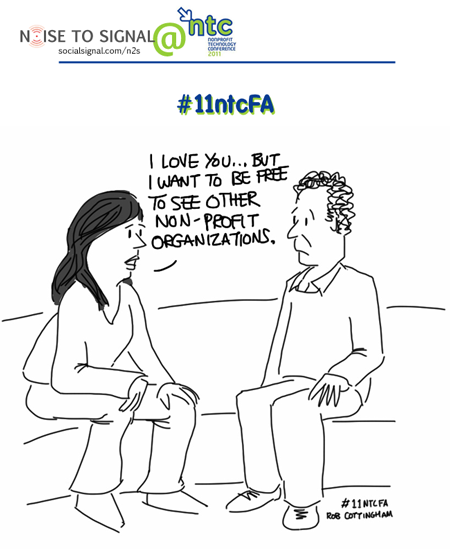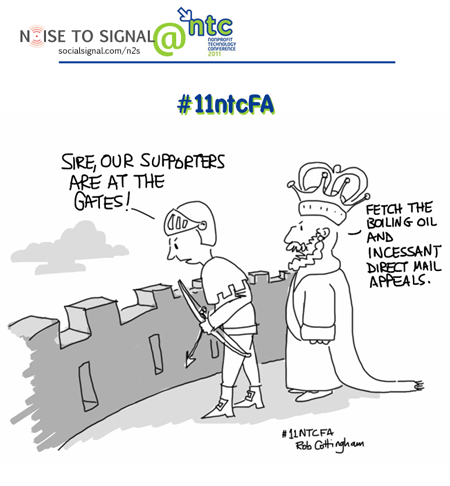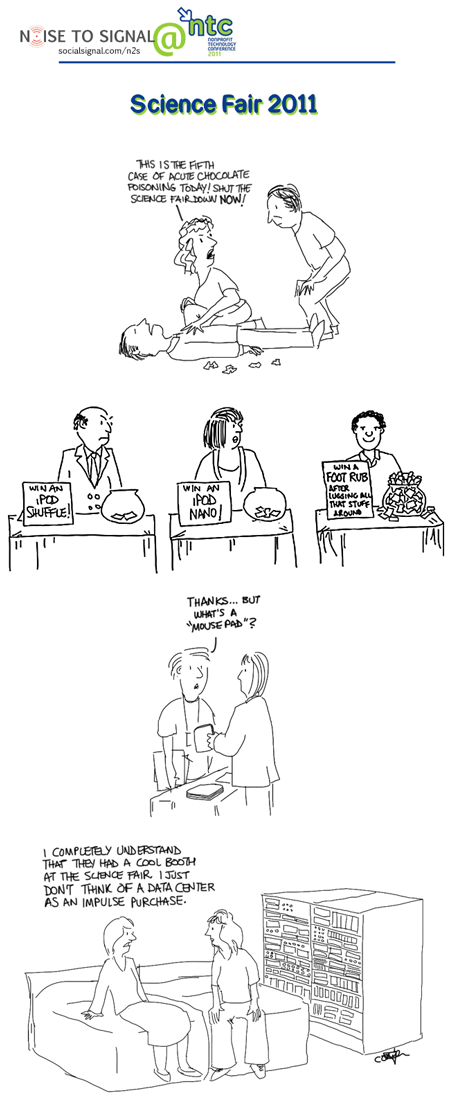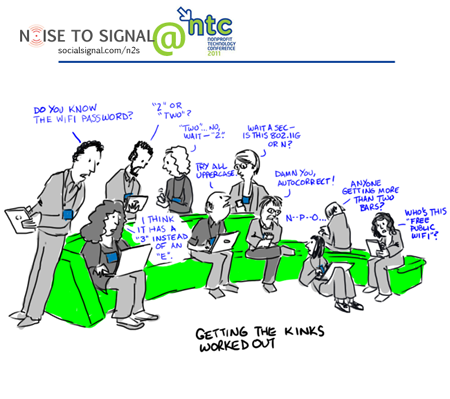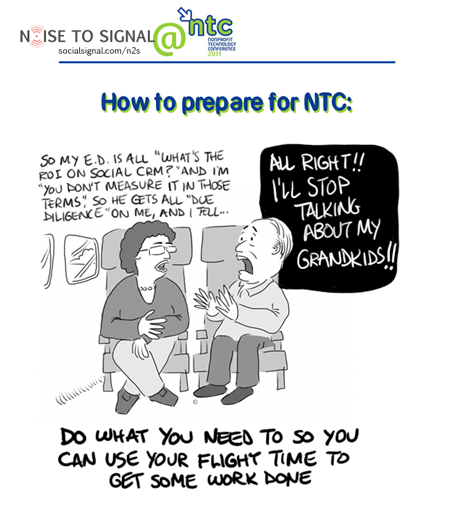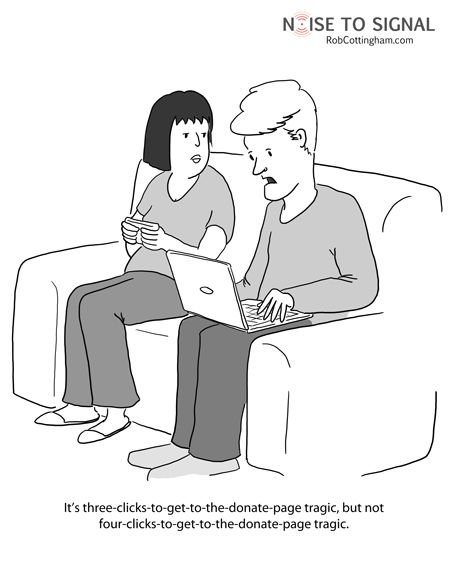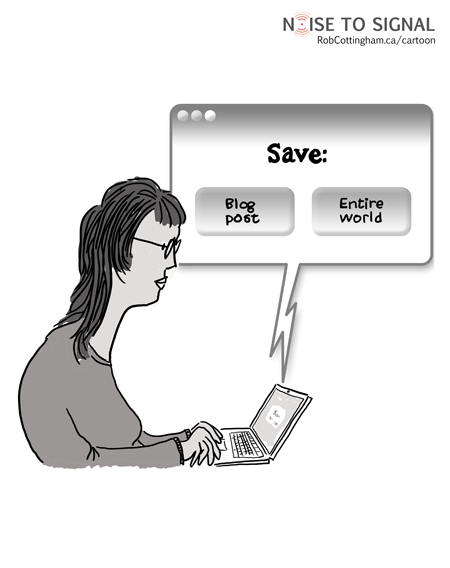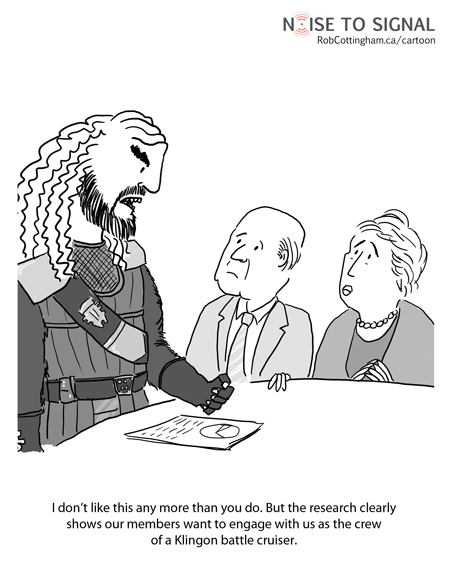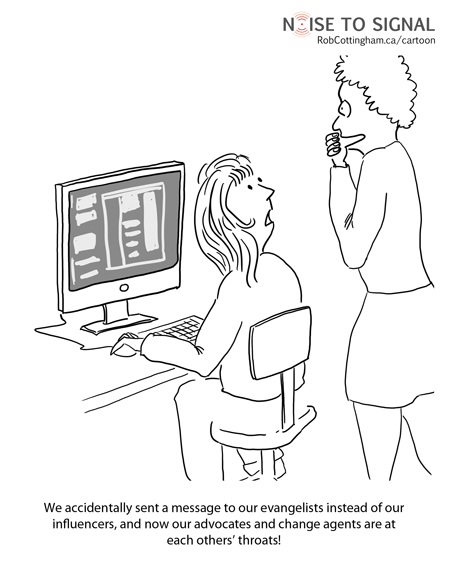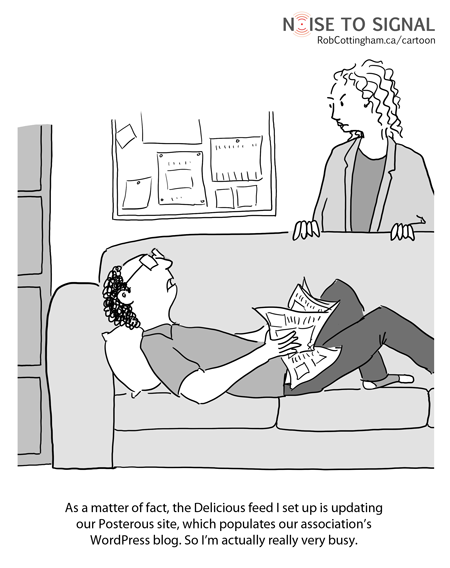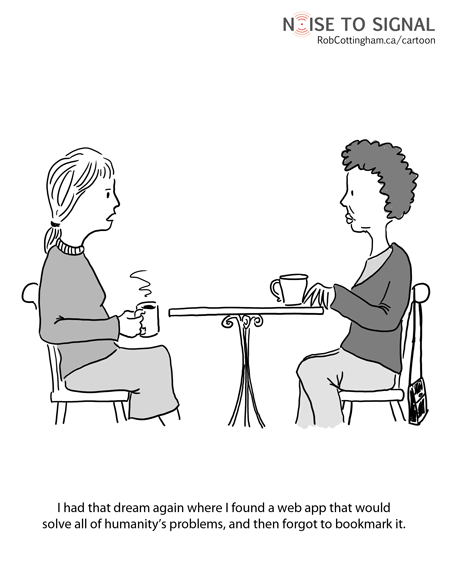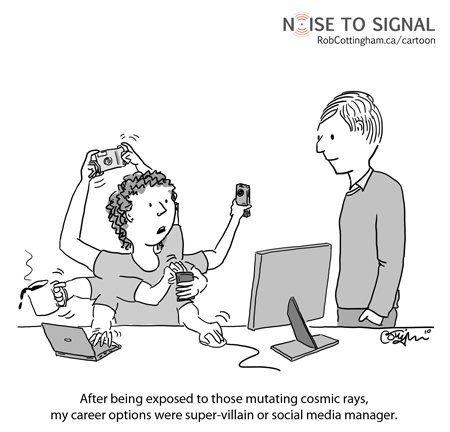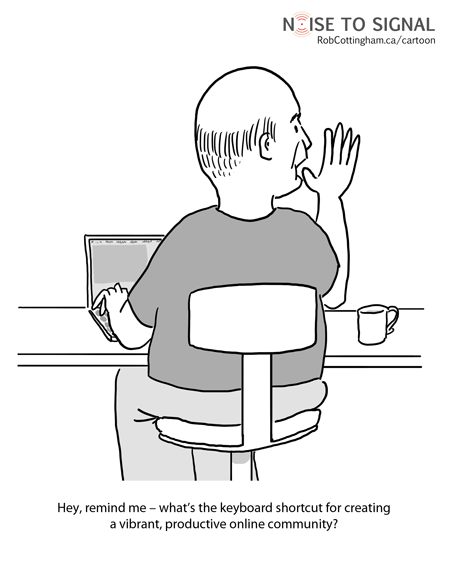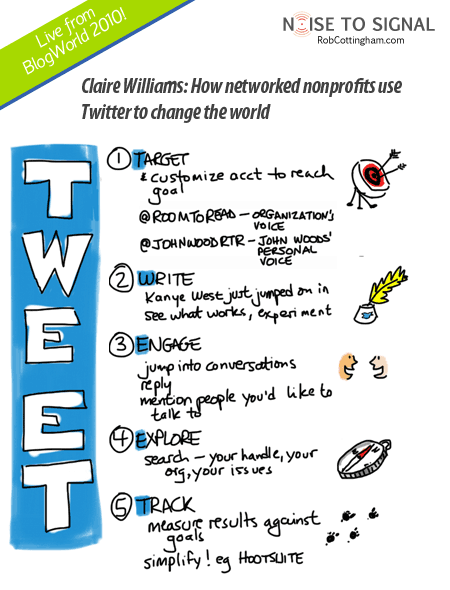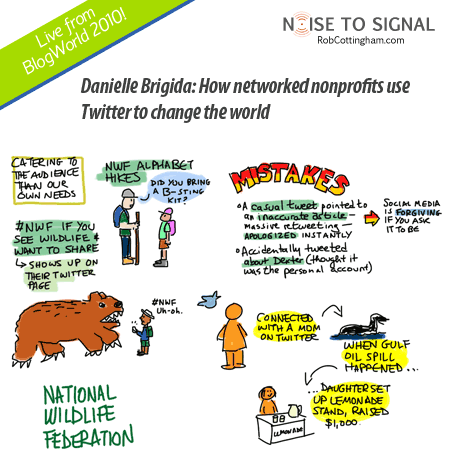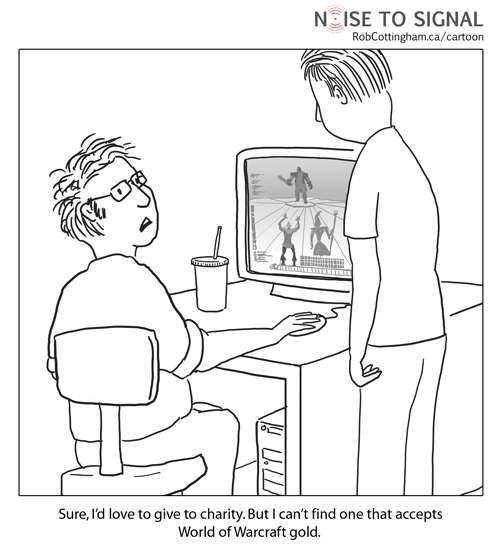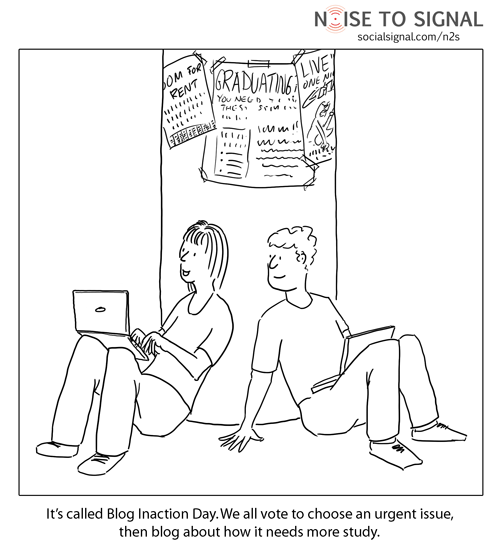Nonprofits are facing some challenges as their supporters, members and donors start to isolate themselves. Face-to-face events are off the table, and a not-insignificant part of the population isn’t willing to touch that direct mail piece until it’s been dunked in bleach and autoclaved.
One great way we could have helped each other to surmount that challenge is the annual Nonprofit Technology Conference, which was slated for this week. But the threat of COVID-19 forced the organizers at the Nonprofit Technology Network, NTEN, to cancel — at a tremendous cost to the organization, which we’ll get into in a sec.
Into the breach stepped the good folks at Keela, who make software for the nonprofit sector. They pulled together an impressive array of presenters (many from the NTC speaking roster, including the mighty Beth Kanter) for Plugged In, a free three-day virtual conference.
And I drew this cartoon for them because they were the first to take me up on an offer to draw a cartoon for ten people who have donated their NTC registration fees back to NTEN. See, NTC is the major source of NTEN’s revenue, and they still have to pay an awful lot of sunk costs for the conference.
So let me restate that offer! There’s still nine free cartoons up for grabs for registered would-be NTC attendees who donated back their registrations. Just hit me up with your donation confirmation, and let me know a topic or two you’d like me to cartoon on. Email me at rob at robcottingham dot ca.

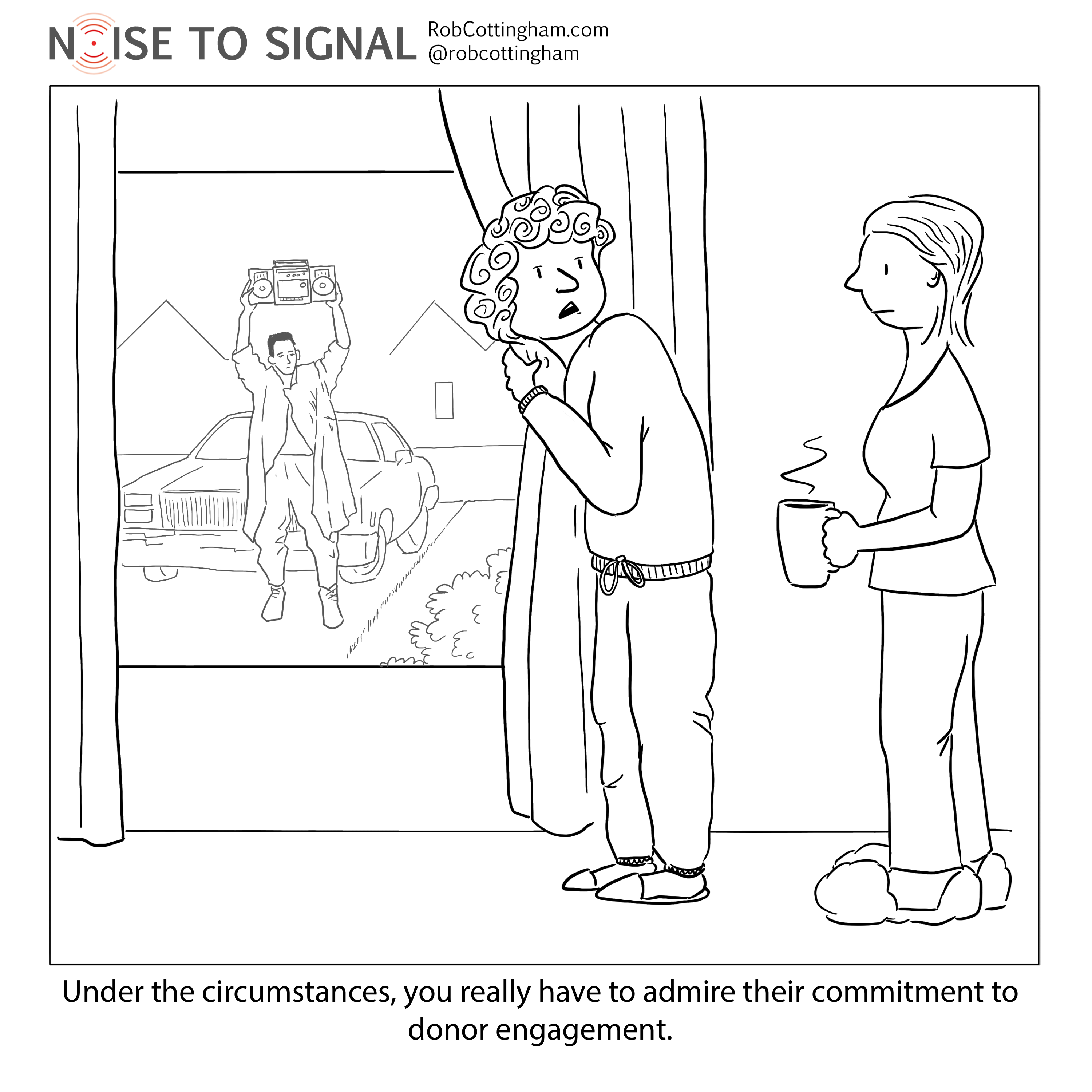
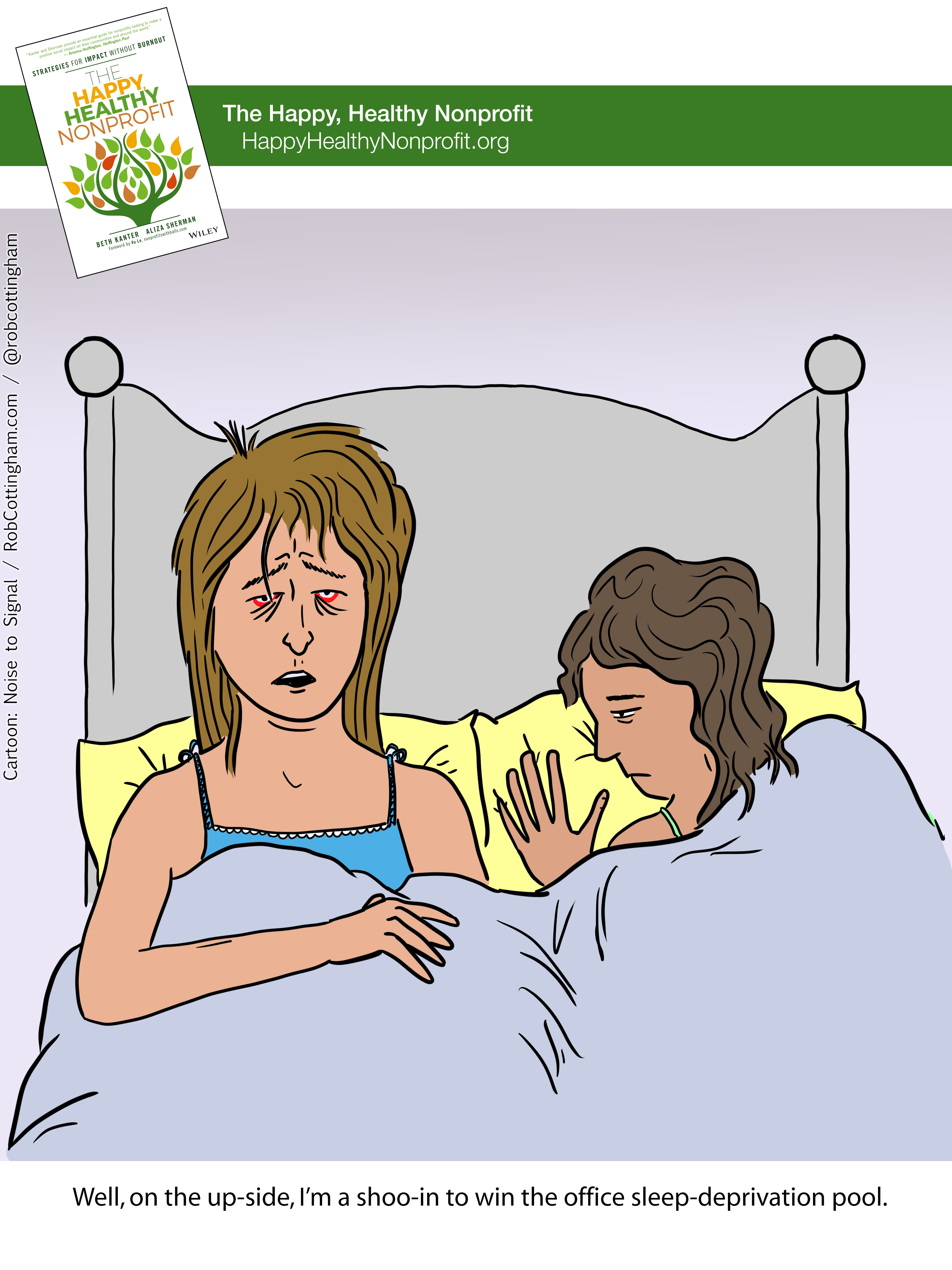
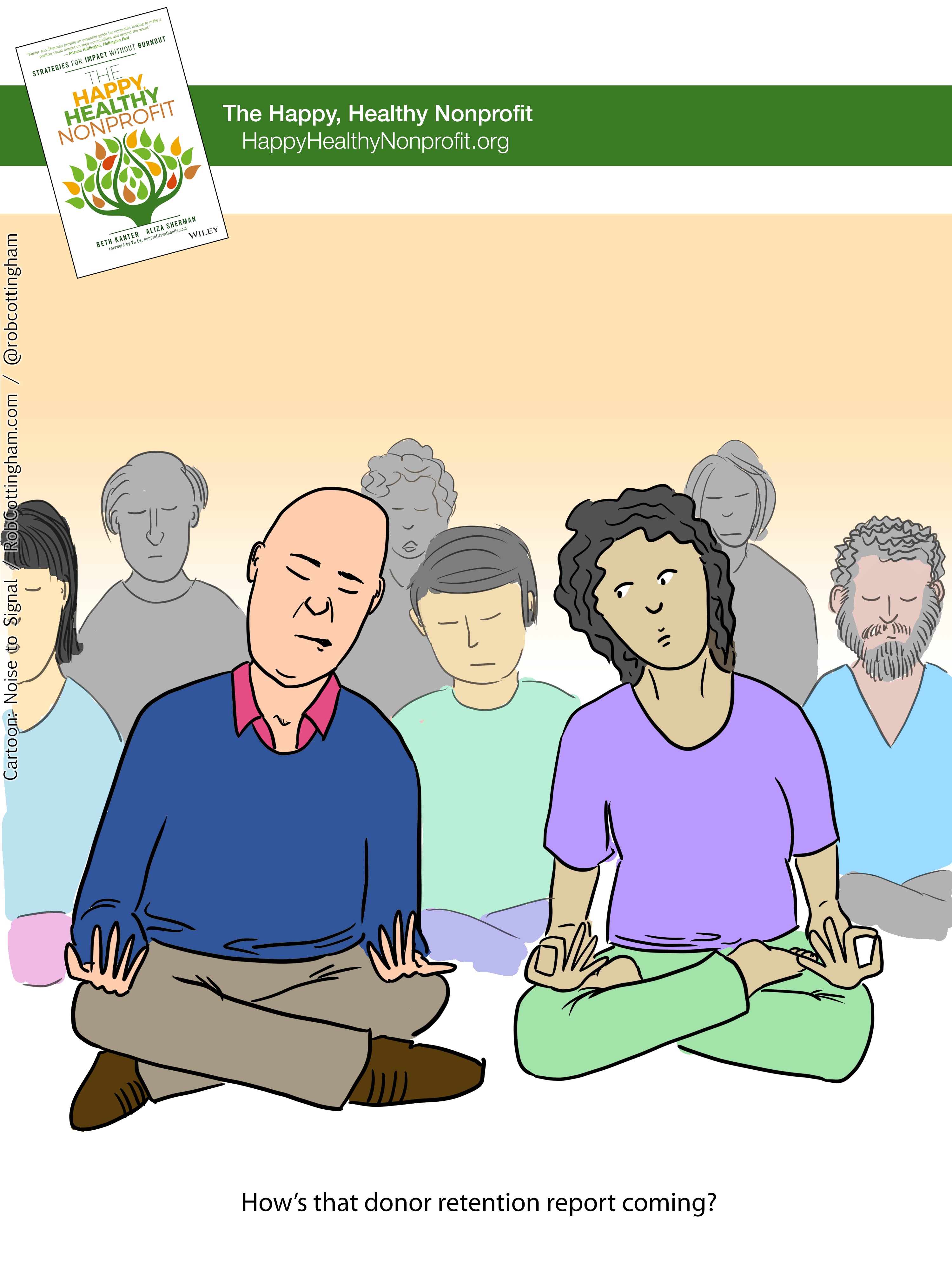
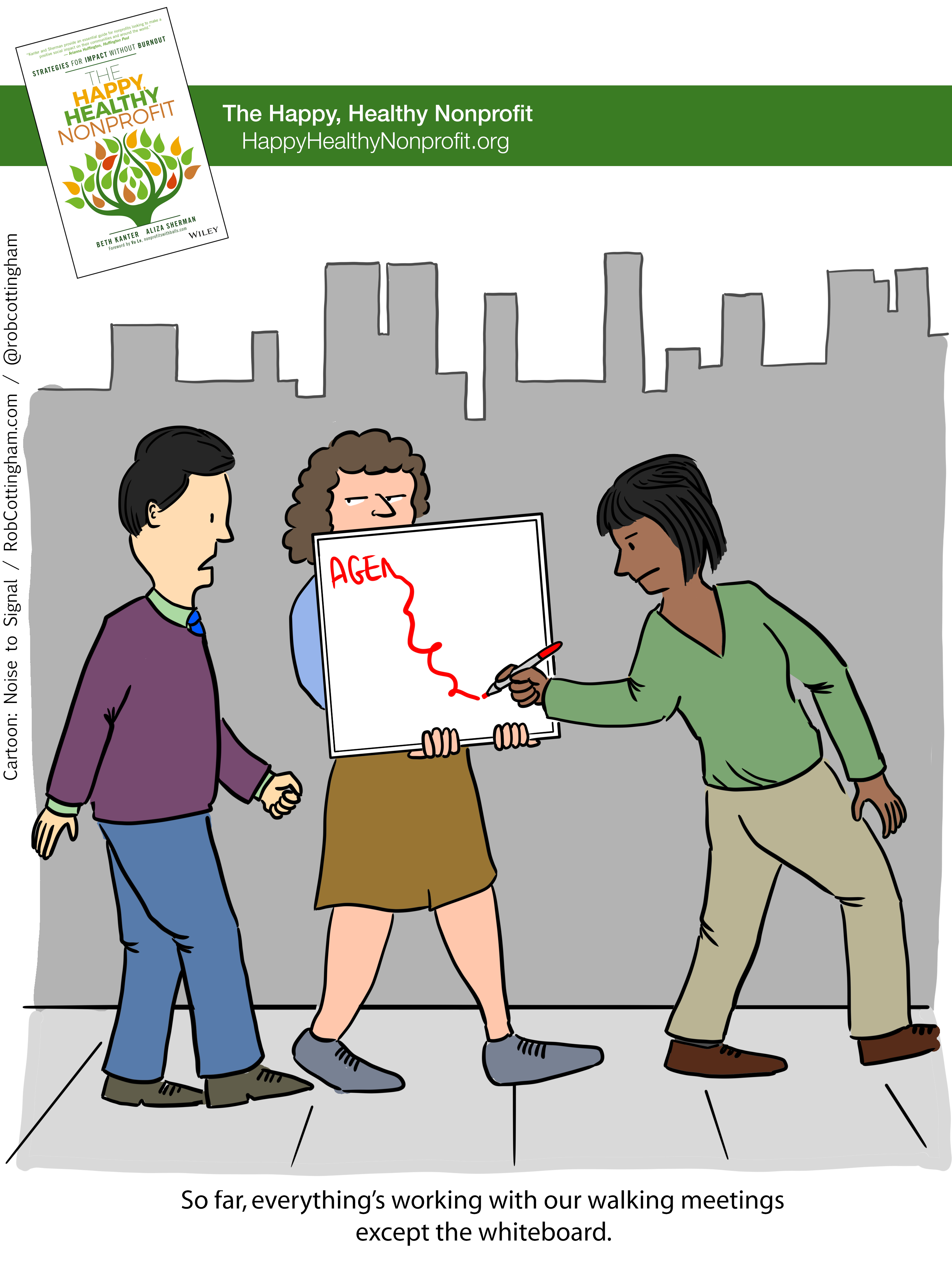
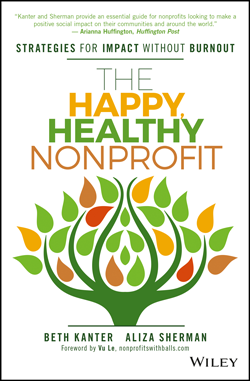

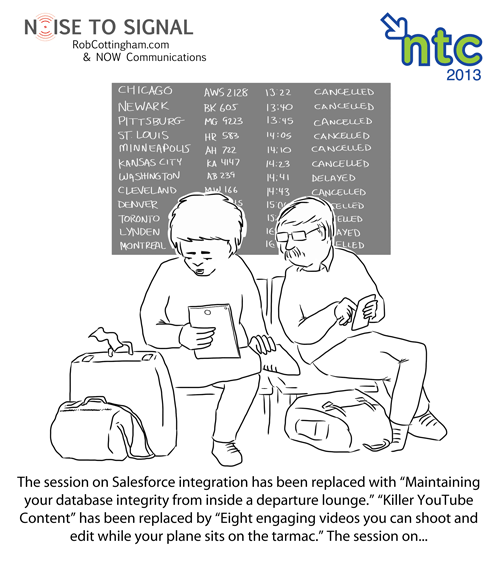

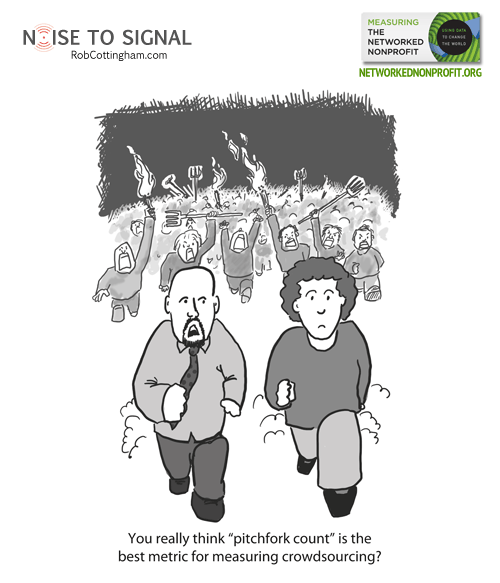
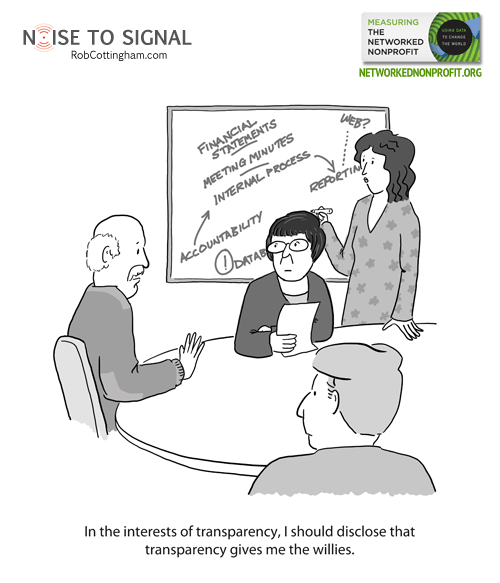
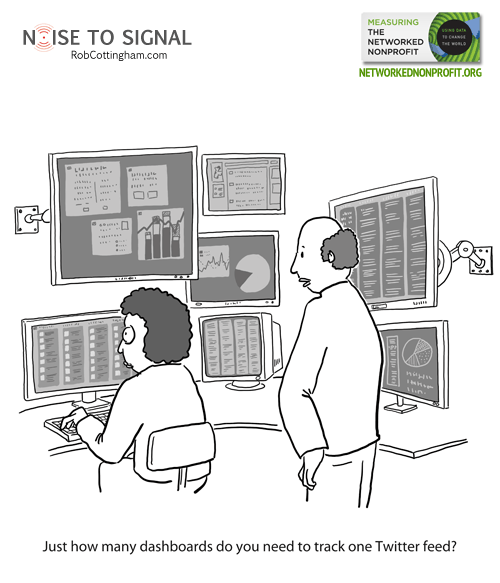
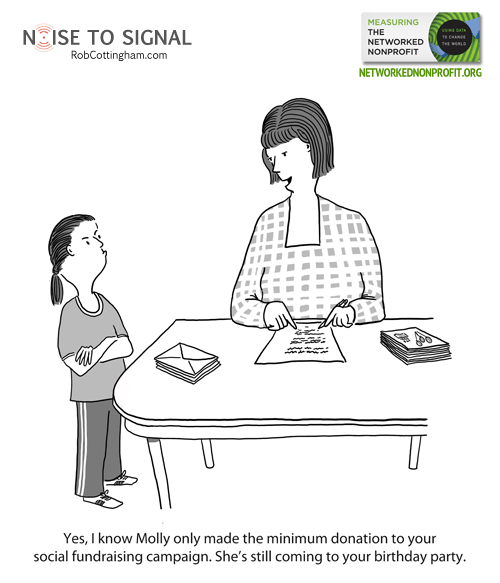
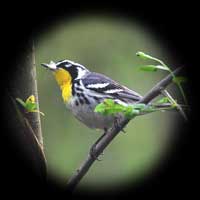
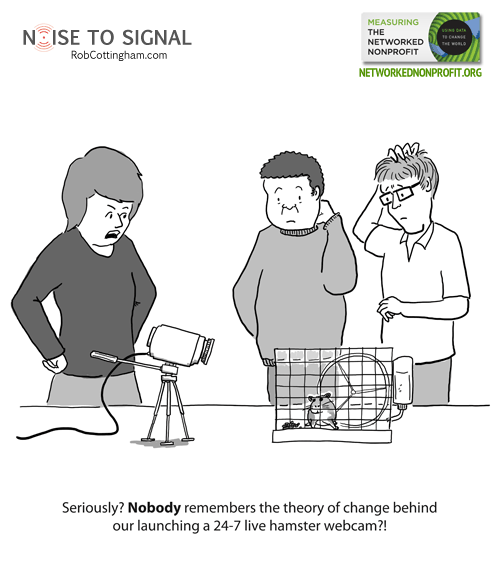
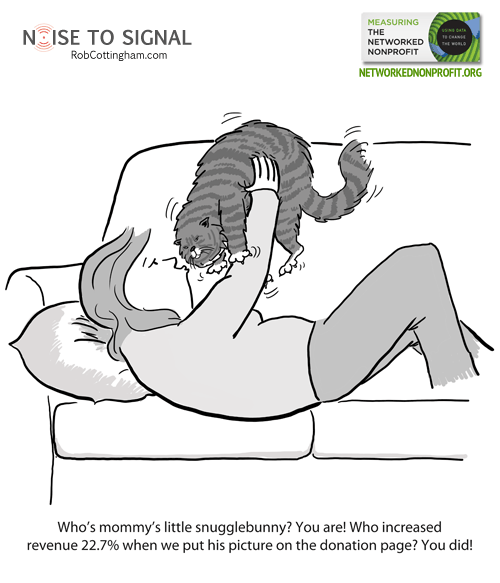
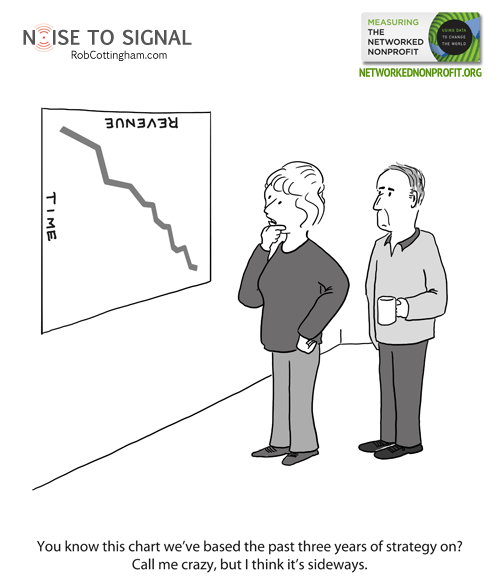
 If you respond to Chapter 3 — “Creating a Data-Informed Culture” — the way I did, you’ll start with short-lived disappointment that it’s not about building a new society whose gold standard of conduct is embodied in Brent Spiner’s character from Star Trek: The Next Generation. (And if you read
If you respond to Chapter 3 — “Creating a Data-Informed Culture” — the way I did, you’ll start with short-lived disappointment that it’s not about building a new society whose gold standard of conduct is embodied in Brent Spiner’s character from Star Trek: The Next Generation. (And if you read 